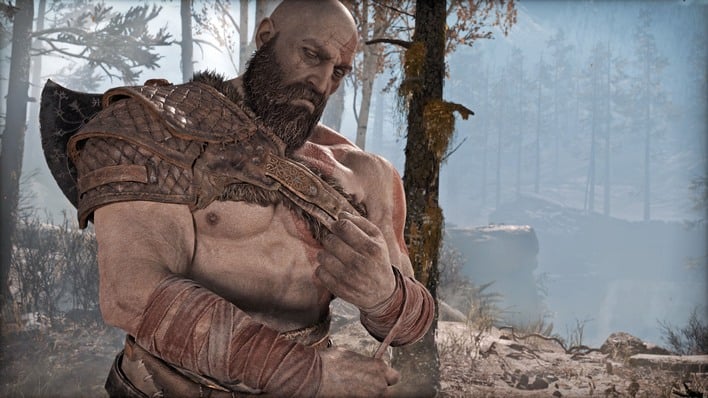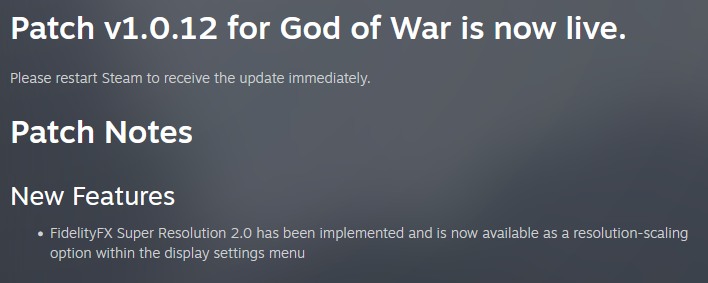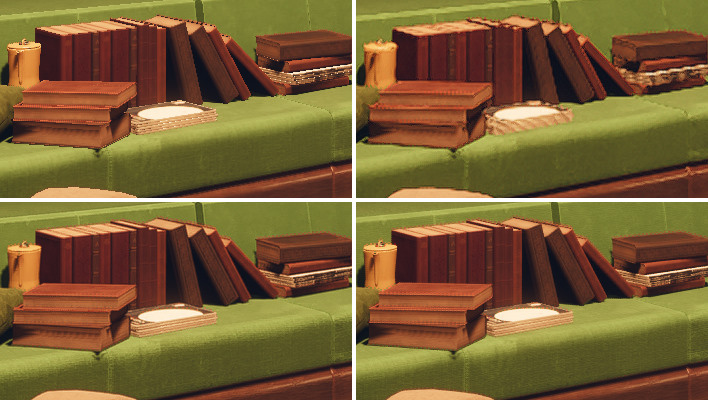Surprise! God Of War For PCs Now Supports AMD's Crispy FSR 2.0 Upscaling

It would have been easy to simply drop the game on Steam and leave it as it were. In fact, that wouldn't even have surprised us overmuch given the high quality of the port on release. However, the developers have been quite active fixing minor bugs and adding accessibility options over the months since the game's release. Not long after launch, they patched the game to add a DLSS sharpening slider, too.

Well, today the game got another update, to version 1.0.12, and it's a brief bugfix patch that resolves inconsistent behavior with the "toggle aim/block" accessibility feature. Oh, and the developer also implemented FidelityFX Super Resolution 2.0, making God of War the third title to support the technology after Arkane's Deathloop and Farming Simulator 22.
It's a surprise update, but not the first of its kind—neither God of War nor Farming Simulator were on AMD's list of upcoming games that plan to implement the feature. FSR 2.0 is completely open-source, and AMD says that it takes "5 minutes" to implement FSR 2.0 if your game already supports DLSS, so this could well be why these games have gotten the feature so quietly.


